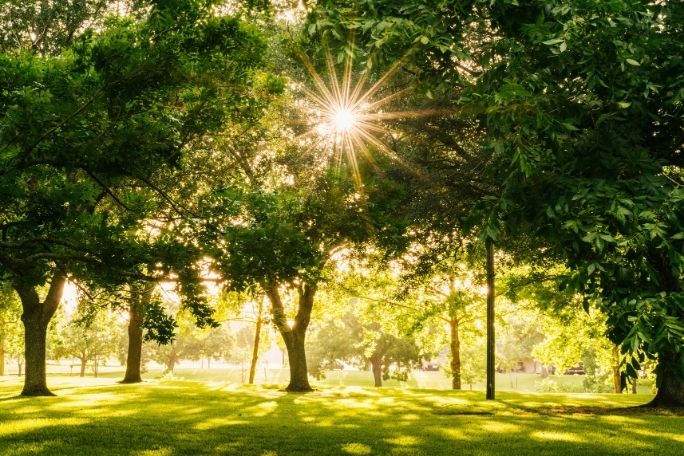Lesson summary
Students learn the definition of green space through exploring a map of their neighbourhood or area. Students will determine whether the area that they live in has enough green space and will design a new town that is greener.
Learning intentions:
Students will...
- use satellite images to estimate the percentage or ratio of green space in their local area. They make judgments about what is adequate green space.
Lesson guides and printables
Lesson details
Resources required
- Access to Google Earth
- Maths equipment e.g., rulers
Additional info
This is an original Cool.org lesson. Facts and figures in these lessons may have changed since this lesson was published. We always endeavour to update our resources in a timely manner, but if you see an error or issue in our resources please get in touch with us.


Welcome back!
Don't have an account yet?
Log in with:
By signing up to Cool.org you consent and agree to Cool's privacy policy to
store, manage and process your personal information. To read more, please see
our privacy policy here(Opens in new tab).
Create your free Cool.org account.
Many of our resources are free, with an option to upgrade to Cool+ for premium content.
Already have an account?
Sign up with:
By signing up to Cool.org you consent and agree to Cool's privacy policy to
store, manage and process your personal information. To read more, please see
our privacy policy here(Opens in new tab).